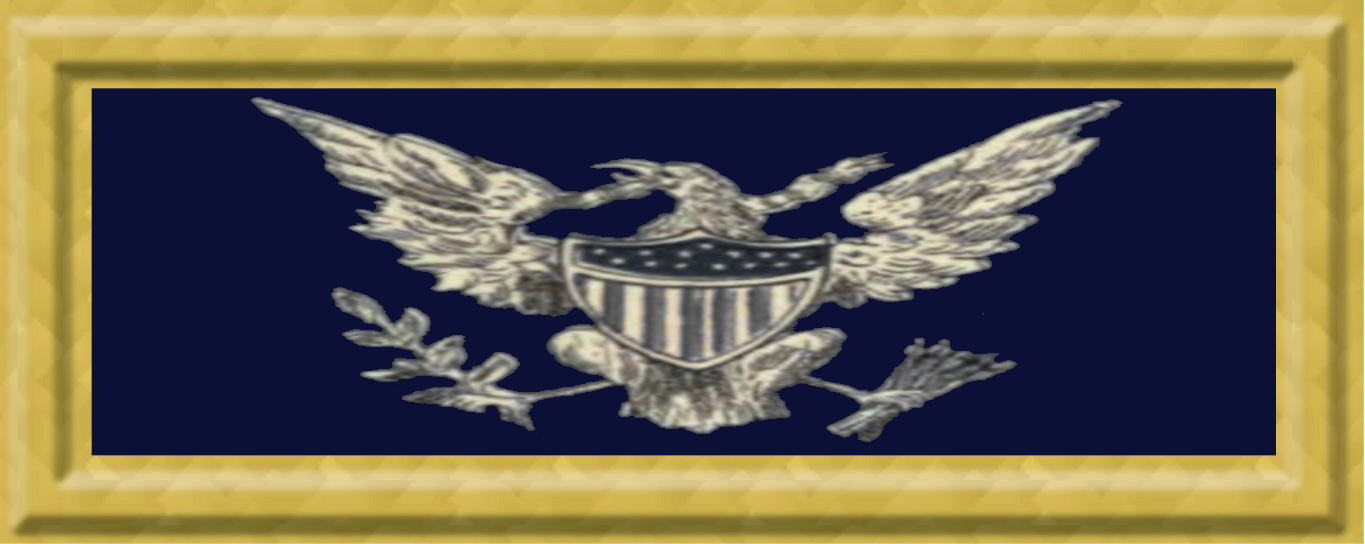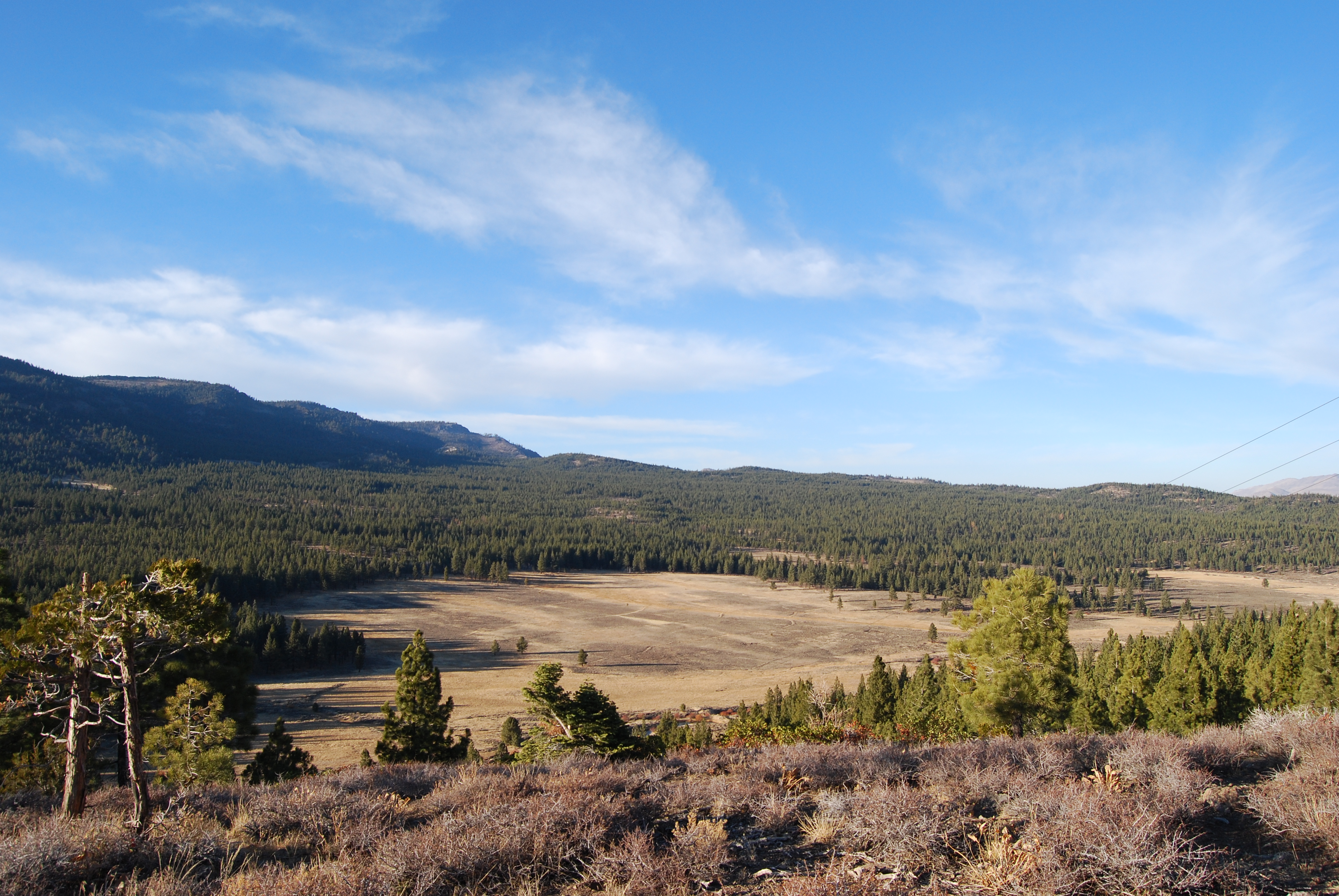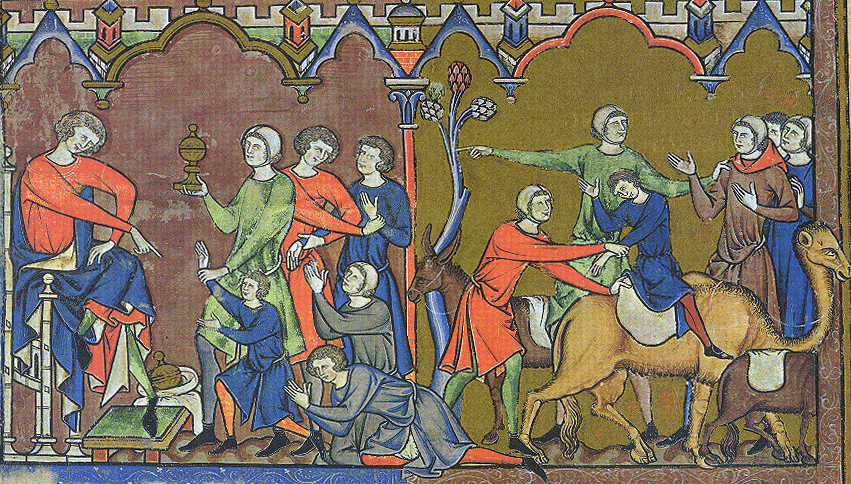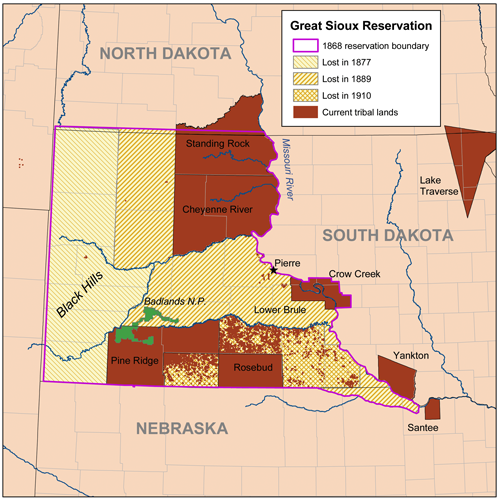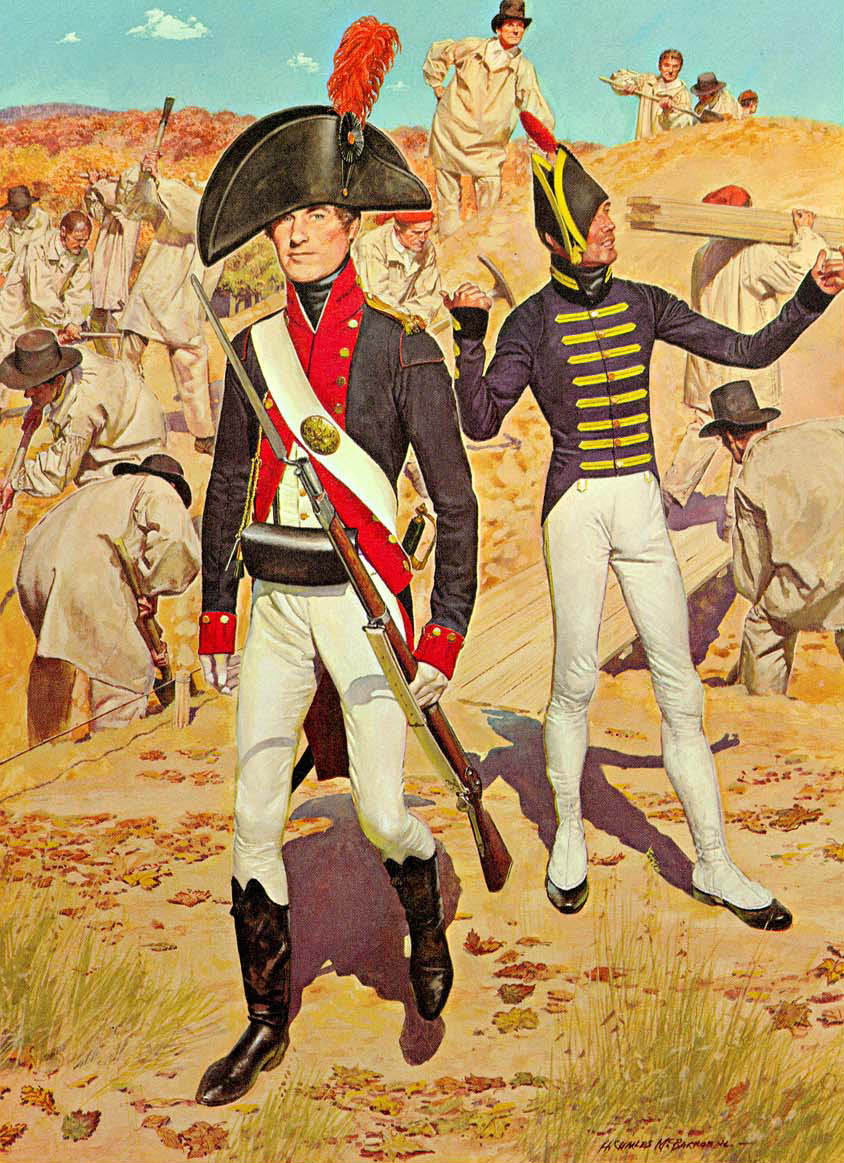|
Luther Hare
Luther Rector Hare (August 24, 1851 – December 22, 1929) was an officer in the 7th U.S. Cavalry, best known for participating in the Battle of the Little Big Horn. Hare was born in Greencastle, Indiana to Silas Hare and his wife Octavia Elizabeth Rector. His family moved to Texas in 1853. He entered West Point in 1870 and graduated 17 June 1874, joining the 7th Cavalry later that year. By the time of the Great Sioux War, he was a second lieutenant in Company K (Lt Godfrey Commanding), serving in the battalion commanded by Capt. Frederick Benteen. During the June 1876 expedition to the Little Bighorn River, Lieutenant Hare was on detached service assisting Lt. Charles Varnum with the Indian scouts, being appointed assistant on the evening of the 24th of June. During the siege on Reno's Hill, he served as Maj. Marcus Reno's adjutant, since Lt. Benjamin Hodgson had been killed during the retreat from the woods. Hare later gave testimony at the subsequent Reno Court of Inqui ... [...More Info...] [...Related Items...] OR: [Wikipedia] [Google] [Baidu] |
Greencastle, Indiana
Greencastle is a city in Greencastle Township, Putnam County, Indiana, United States, and the county seat of Putnam County. It is located near Interstate 70 approximately halfway between Terre Haute and Indianapolis in the west-central portion of the state. The city is the home of DePauw University. The population was 9,820 at the 2020 census. History Greencastle was founded in 1821 by Ephraim Dukes on a land grant. He named the settlement for his hometown of Greencastle, Pennsylvania. Greencastle was a village or town operating under authority of the Putnam County commissioners until March 9, 1849, when it became a town by special act of the local legislature. Greencastle, Indiana, officially became a city after an election held on July 8, 1861. The first mayor of Greencastle was E. R. Kercheval, a member of the Freemason Temple Lodge #47. The city became the county seat of Putnam County. 1933 Bank Heist John Herbert Dillinger, Jr. (June 22, 1903 – July 22, 1934) was ... [...More Info...] [...Related Items...] OR: [Wikipedia] [Google] [Baidu] |
World War I
World War I or the First World War (28 July 1914 – 11 November 1918), also known as the Great War, was a World war, global conflict between two coalitions: the Allies of World War I, Allies (or Entente) and the Central Powers. Fighting took place mainly in European theatre of World War I, Europe and the Middle Eastern theatre of World War I, Middle East, as well as in parts of African theatre of World War I, Africa and the Asian and Pacific theatre of World War I, Asia-Pacific, and in Europe was characterised by trench warfare; the widespread use of Artillery of World War I, artillery, machine guns, and Chemical weapons in World War I, chemical weapons (gas); and the introductions of Tanks in World War I, tanks and Aviation in World War I, aircraft. World War I was one of the List of wars by death toll, deadliest conflicts in history, resulting in an estimated World War I casualties, 10 million military dead and more than 20 million wounded, plus some 10 million civilian de ... [...More Info...] [...Related Items...] OR: [Wikipedia] [Google] [Baidu] |
Reno Court Of Inquiry
Reno ( ) is a city in the northwest section of the U.S. state of Nevada, along the Nevada–California border. It is the county seat and most populous city of Washoe County, Nevada, Washoe County. Sitting in the High Eastern Sierra foothills, in the Truckee River valley, on the eastern side of the Sierra Nevada, it is about northeast of Lake Tahoe. Known as "The Biggest Little City in the World", Reno is the List of United States cities by population, 78th most populous city in the United States, the List of cities in Nevada, third most populous city in Nevada, and the most populous in Nevada outside the Las Vegas Valley. The city had a population of 264,165 at the 2020 United States census, 2020 census. The city is named after Civil War Union major general Jesse L. Reno, who was killed in action during the American Civil War at the Battle of South Mountain, on Fox's Gap. Reno is part of the Reno, NV Metropolitan Statistical Area, Reno–Sparks metropolitan area, the second-m ... [...More Info...] [...Related Items...] OR: [Wikipedia] [Google] [Baidu] |
Benjamin Hodgson
Benjamin ( ''Bīnyāmīn''; "Son of (the) right") blue letter bible: https://www.blueletterbible.org/lexicon/h3225/kjv/wlc/0-1/ H3225 - yāmîn - Strong's Hebrew Lexicon (kjv) was the younger of the two sons of Jacob and Rachel, and Jacob's twelfth and youngest son overall in Jewish, Christian and Islamic tradition. He was also considered the progenitor of the Israelite Tribe of Benjamin. Unlike Rachel's first son, Joseph, Benjamin was born in Canaan according to biblical narrative. In the Samaritan Pentateuch, Benjamin's name appears as "" (Samaritan Hebrew: , "son of days"). In the Quran, Benjamin is referred to as a righteous young child, who remained with Jacob when the older brothers plotted against Joseph. Later rabbinic traditions name him as one of four ancient Israelites who died without sin, the other three being Chileab, Jesse and Amram. Name The name is first mentioned in letters from King Sîn-kāšid of Uruk (1801–1771 BC), who called himself “King of Amnanum� ... [...More Info...] [...Related Items...] OR: [Wikipedia] [Google] [Baidu] |
Marcus Reno
Marcus Albert Reno (November 15, 1834 – March 30, 1889) was a United States career military officer. He served in the American Civil War where he was a combatant in major battles, and later under George Armstrong Custer in the Great Sioux War against the Lakota people, Lakota (Sioux) and Northern Cheyenne. Reno is recognized for his prominent role in the Battle of the Little Bighorn, where he did not support Custer's battlefield position, remaining instead in a defensive formation with his troops about away. There has been longstanding controversy over his command decisions in the course of one of the most infamous defeats in U.S. military history. Early life and career Marcus Albert Reno was born November 15, 1834, in Carrollton, Illinois, to James Reno (originally Reynaud) and his wife, the former Charlotte (Hinton) Miller, a divorcee with one daughter, Harriet Cordelia Miller, from her first marriage. The couple had six children together: Eliza, Leonard, Cornelia, Marcus, S ... [...More Info...] [...Related Items...] OR: [Wikipedia] [Google] [Baidu] |
Charles Varnum
Charles Albert Varnum (June 21, 1849 – February 26, 1936) was a career United States Army officer. He was most noted as the commander of the scouts for George Armstrong Custer in the Little Bighorn Campaign (of which he was the last of the surviving officers to die of natural causes) during the Great Sioux War, as well as receiving the Medal of Honor for his actions in a conflict at Drexel Mission following the Wounded Knee Massacre. Biography Varnum was born to a prominent military family in Troy, New York. He was the son of Civil War major John Varnum, who relocated to Pensacola, Florida, and became a political and civic figure. Varnum was appointed as a Florida cadet to the United States Military Academy and graduated June 14, 1872. He ranked 17th in a class of 57. Given the brevet rank of second lieutenant, he went to the Dakota Territory of the American West to join Company A of the U.S. 7th Cavalry Regiment. He was involved in a number of expeditions and excursions of ... [...More Info...] [...Related Items...] OR: [Wikipedia] [Google] [Baidu] |
Little Bighorn River
The Little Bighorn River is a tributary of the Bighorn River in the United States in the states of Montana and Wyoming. The Battle of the Little Bighorn, also known as the Battle of the Greasy Grass, was fought on its banks on June 25–26, 1876, as well as the Battle of Crow Agency in 1887. Geography The Little Bighorn rises in northern Wyoming, deep in the Bighorn Mountains, under Duncum Mountain and Burnt Mountain. The main stream flows through a deep canyon until it issues onto the plains, just at the Montana-Wyoming border. In Little Bighorn Canyon in Wyoming, the Little Bighorn receives other mountain streams as tributaries including the Dry Fork (which despite its name maintains a permanent, year-round significant flow of water into the Little Bighorn), and the West Fork of the Little Bighorn.In reference, the juxtaposition of the various geographic features in this paragraph are evident on a review of a digital based map or reliable paper map of the area, such as the ... [...More Info...] [...Related Items...] OR: [Wikipedia] [Google] [Baidu] |
Frederick Benteen
Frederick William Benteen (August 24, 1834 – June 22, 1898) was a military officer who first fought during the American Civil War. He was appointed to commanding ranks during the Indian Campaigns and Great Sioux War against the Lakota people, Lakota and Northern Cheyenne. Benteen is best known for being in command of a battalion (Companies D, H,& K) of the US 7th Cavalry Regiment, 7th U. S. Cavalry at the Battle of the Little Bighorn in late June, 1876. After scouting the area of the left flank as ordered, Captain Benteen received a note from his superior officer George Armstrong Custer ordering him to quickly bring up the ammunition packs and join him in Custer's surprise attack on a large Indigenous peoples of the Americas, Native American encampment. Benteen's failure to promptly comply with Custer's orders is one of the most controversial aspects of the famed battle. The fight resulted in the death of Custer and the complete annihilation of the five companies of cavalrym ... [...More Info...] [...Related Items...] OR: [Wikipedia] [Google] [Baidu] |
Great Sioux War
The Great Sioux War of 1876, also known as the Black Hills War, was a series of battles and negotiations that occurred in 1876 and 1877 in an alliance of Lakota people, Lakota Sioux and Northern Cheyenne against the United States. The cause of the war was the desire of the US government to obtain ownership of the Black Hills. Gold had been discovered in the Black Hills, settlers began to encroach onto Native Americans in the United States, Native American lands, and the Sioux and the Cheyenne refused to cede ownership. Traditionally, American military and historians place the Lakota at the center of the story, especially because of their numbers, but some Native Americans believe the Cheyenne were the primary target of the American campaign. Among the many battles and skirmishes of the war was the Battle of the Little Bighorn - often known as ''Custer's Last Stand'' and the most storied of the many encounters between the US Army and mounted Plains Indians. Despite the Indian vict ... [...More Info...] [...Related Items...] OR: [Wikipedia] [Google] [Baidu] |
West Point
The United States Military Academy (USMA), commonly known as West Point, is a United States service academies, United States service academy in West Point, New York that educates cadets for service as Officer_(armed_forces)#United_States, commissioned officers in the United States Army. The academy was founded in 1802, and it is the oldest of the five United States service academies, American service academies. The Army has occupied the site since establishing a fort there in 1780 during the American Revolutionary War, as it sits on strategic high ground overlooking the Hudson River north of New York City. West Point's academic program grants the Bachelor of Science degree with a curriculum that grades cadets' performance upon a broad academic program, military leadership performance, and mandatory participation in competitive athletics. Candidates for admission must apply directly to the academy and receive a nomination, usually from a member of United States Congress, Congr ... [...More Info...] [...Related Items...] OR: [Wikipedia] [Google] [Baidu] |
Texas
Texas ( , ; or ) is the most populous U.S. state, state in the South Central United States, South Central region of the United States. It borders Louisiana to the east, Arkansas to the northeast, Oklahoma to the north, New Mexico to the west, and has Mexico-United States border, an international border with the Mexican states of Chihuahua (state), Chihuahua, Coahuila, Nuevo León, and Tamaulipas to the south and southwest. Texas has Texas Gulf Coast, a coastline on the Gulf of Mexico to the southeast. Covering and with over 31 million residents as of 2024, it is the second-largest state List of U.S. states and territories by area, by area and List of U.S. states and territories by population, population. Texas is nicknamed the ''Lone Star State'' for its former status as the independent Republic of Texas. Spain was the first European country to Spanish Texas, claim and control Texas. Following French colonization of Texas, a short-lived colony controlled by France, Mexico ... [...More Info...] [...Related Items...] OR: [Wikipedia] [Google] [Baidu] |
